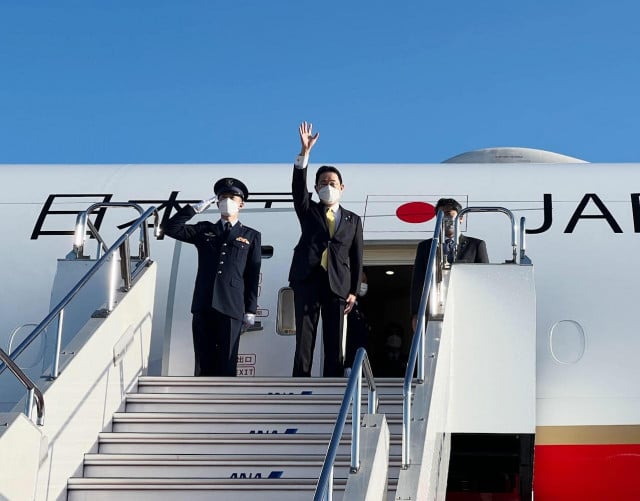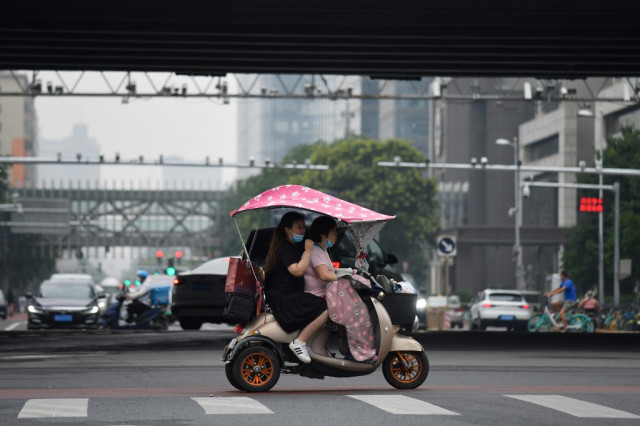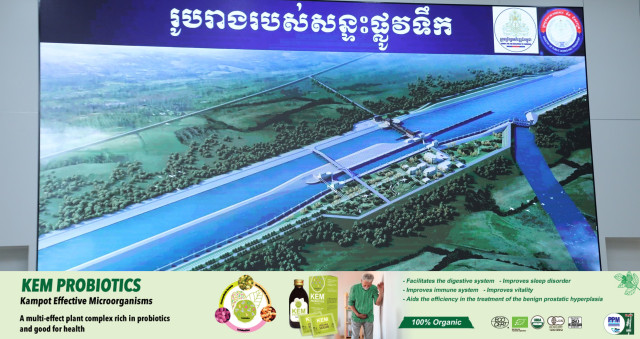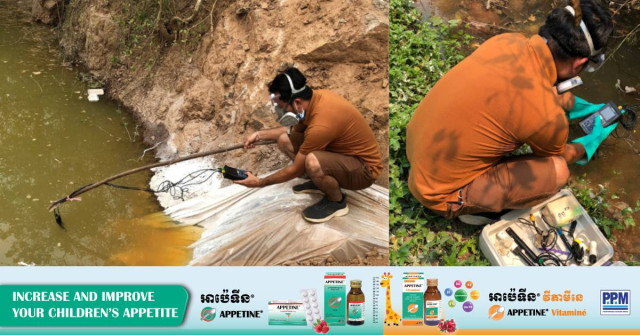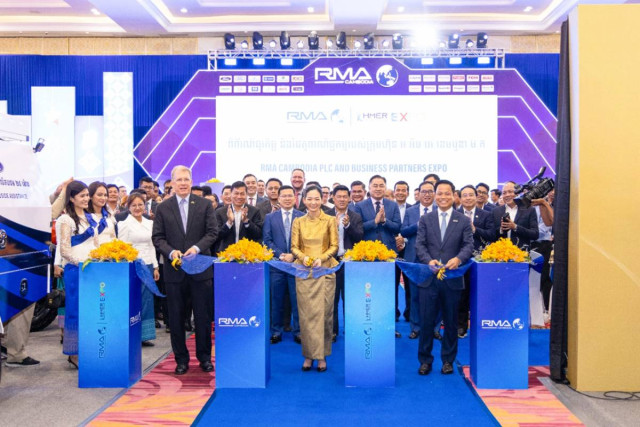Sambor Prei Kuk: Cambodia’s Lost City of the 7th Century
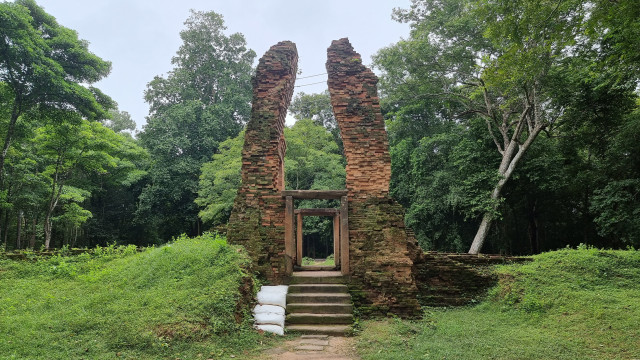
- By Nhek Sreyleak
- February 18, 2023 2:00 PM
In the course of Cambodia’s history, Sambor Prei Kuk was once the capital city of the Kingdom of Chenla, a civilization of the late 6th and early 7th centuries that preceded the Angkor period.
A UNESCO World Heritage Site since 2017, this group of temples is located about 30 kilometers northeast of Steung Sen city, which is the capital of Kampong Thom province, and 200 kilometers northeast of Phnom Penh.
Sambor Prei Kuk was once connected to the Tonle Sap river through an ancient route of which only portions remain today and that was located by the southeast corner of the city’s enclosing wall.
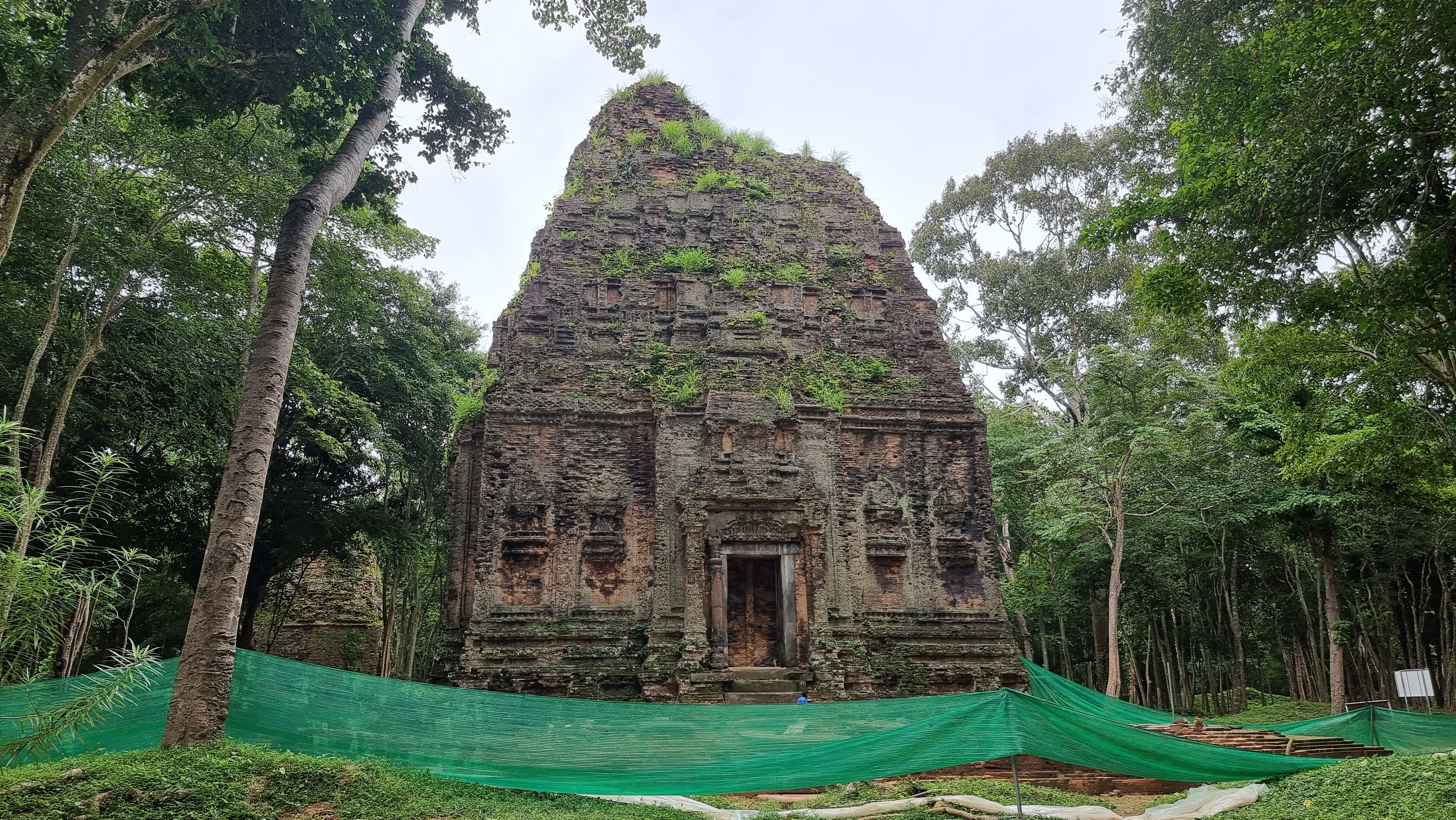
According to Chinese records and stone inscriptions in both Sanskrit and Khmer languages, Sambor Prei Kuk was built by King Ishanavarman I who reigned in the early 7th century. His kingdom’s capital was named Ishanapura after him, a name that a Chinese explorer also used in reference to the whole kingdom.
The king is believed to have been an important monarch and a brave warrior in quest for territorial expansion. Based on information contained in the records of the Sui Dynasty in China, researchers estimate that this city once had a population of as many as 20,000 families. In the middle of the city, a big stage was erected so that the king could conduct legal hearings.
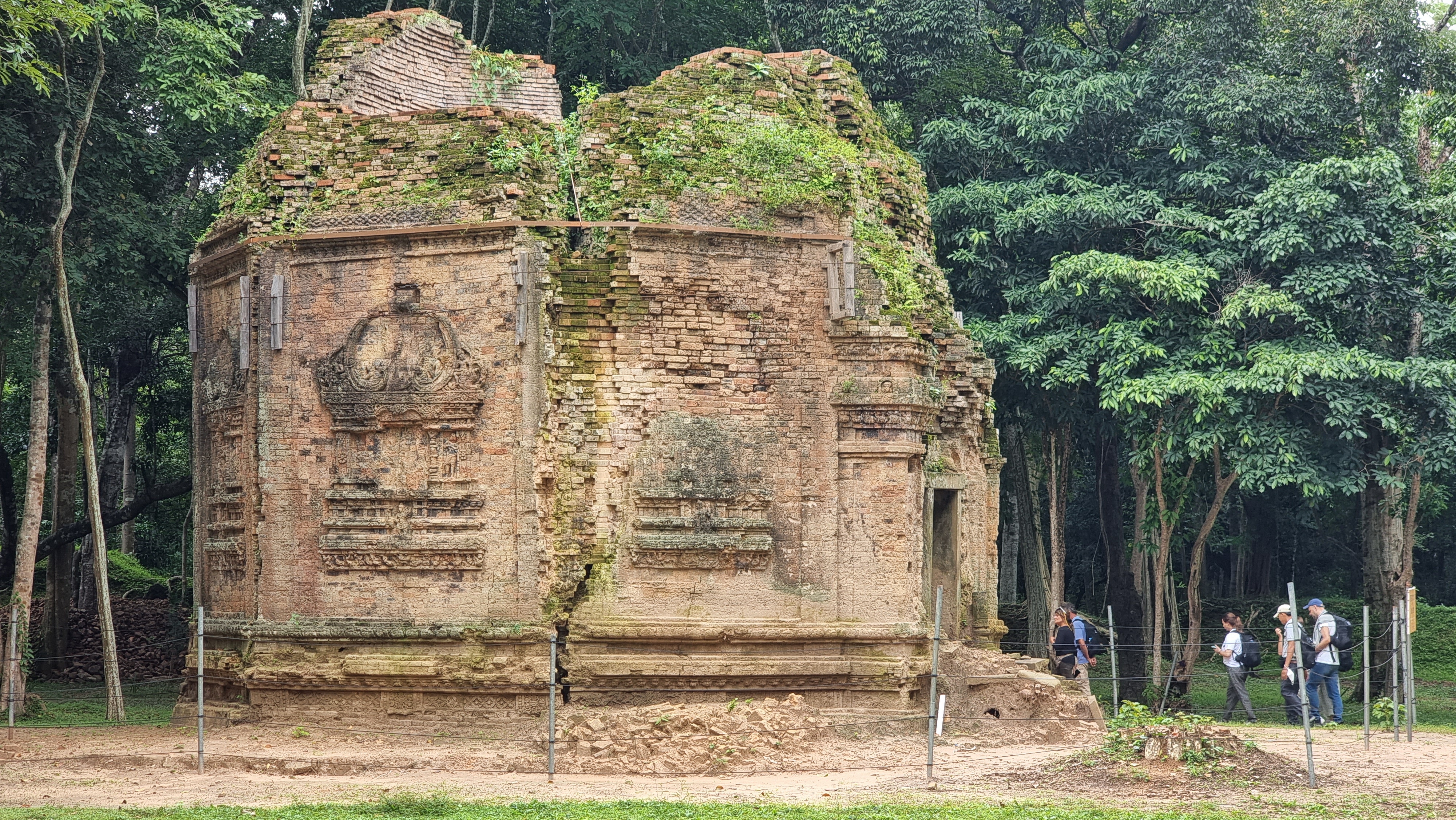
The construction of temples is believed to have been important in political, economic and religious spheres and relations. King Ishanavarman I oversaw temples and other construction projects and, through land management, built a strong economy on the foundation of his kingdom’s agricultural might.
During the reign of King Jayavarman I, who was on the throne from 657 to 681 and was King Ishanavarman I’s grandson, the center of administration was relocated from the city of Sambor Prei Kuk to the region of Angkor in modern-day Siem Reap province. Despite this shift, Sambor Prei Kuk city continued to play an important role from the mid-940s through the late 960s during which King Rajendravarman, who was on the throne, ordered maintenance and construction work in the city. Then came the reign of King Jayavarman VII from around 1181 through the late 1210s during which bridges and resting stations were constructed to accommodate travelers crisscrossing the kingdom.
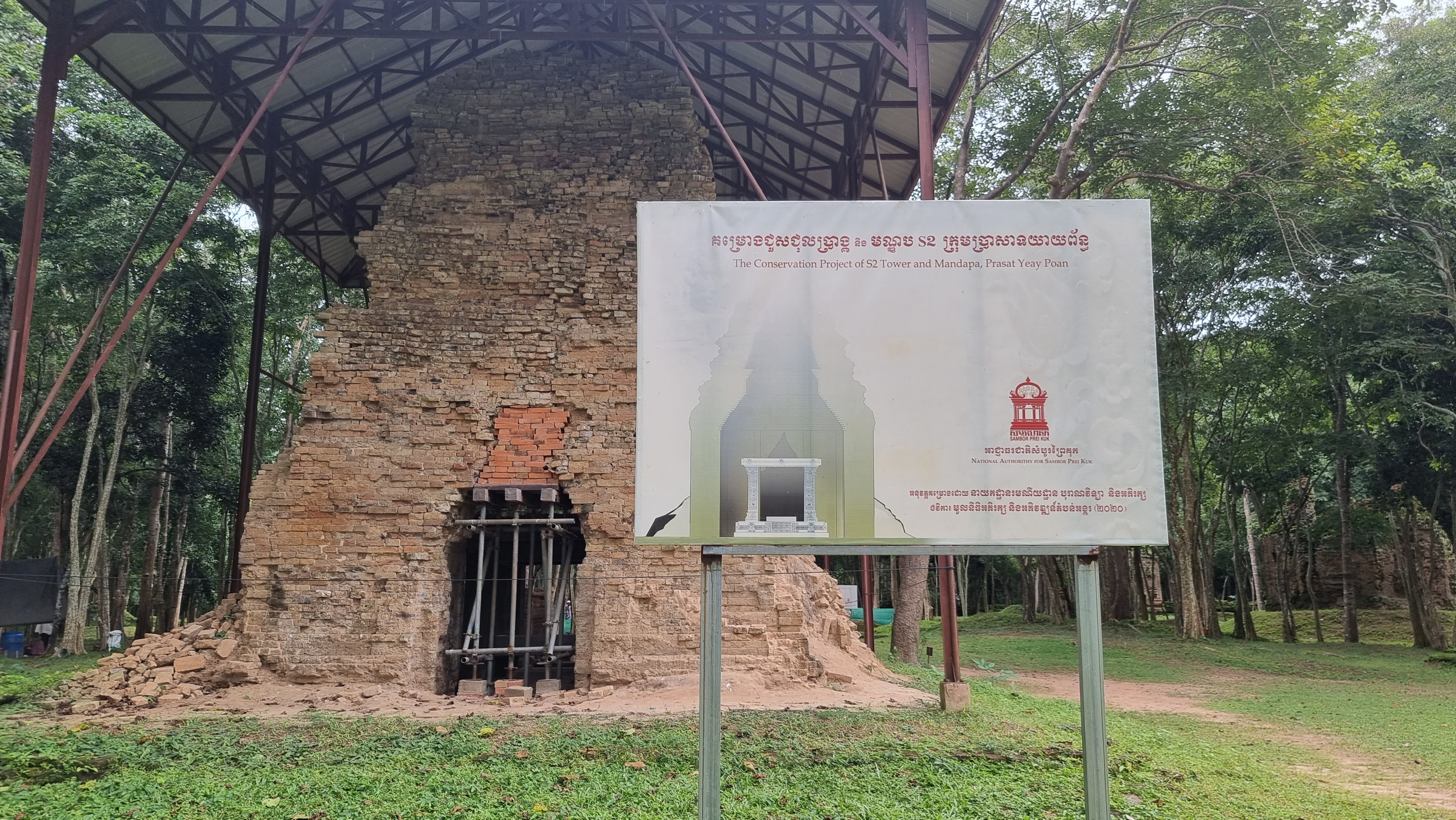
During the French Protectorate, which was signed by Cambodia and France in 1863 and ended with Cambodia declaring its independence 1953, Sambor Prei Kuk had drawn the attention of several French and Cambodian researchers. As they could see, human action and the forces of nature had taken their toll on the site over the centuries. Powerful wind, heavy rain, and intrusive trees had contributed to transforming this previously beautiful historical site into ruins.
In the 1980s and early 1990s, this area was a conflict zone between the Khmer Rouge and the Cambodian government. During the 1993 election held by the United Nations Transitional Authority in Cambodia (UNTAC), Khmer Rouge soldiers killed Haruyuki Takata, a UN mission peacekeeper deployed to that area.
The lack of maintenance and forest clearing during those years of war had affected the site. In addition, some antiquities of a religious character had been dug out and stolen.

When peace returned to the country in the 1990s, several studies were conducted at the site by Cambodian and international researchers. Then the Cambodian authorities decided to submit to UNESCO for World Heritage listing the “Temple Zone of Sambor Prei Kuk, Archaeological Site of Ancient Ishanapura.”
Sambor Prei Kuk was inscribed on the UNESCO World Heritage List on July 8th, 2017. The architectural planning of the city and traces of Indian influence were among the distinguishing aspects that enabled the Sambor Prei Kuk temple group to be inscribed on the UNESCO list. The Cambodian authorities also submitted extensive restoration and management plans for the site.
Ishanapura acted as groundwork for architectural creations over the centuries in the country. Moreover, Ishanapura was considered at one point the biggest religious hub in Southeast Asia. The city had strong attachment to the universal values of cooperation, collaboration, and the peaceful practice of religion. Numerous inscriptions in Khmer as well as in Sanskrit languages that were found speak of the teaching of Buddhism and describe religious deities, linking this to political values.
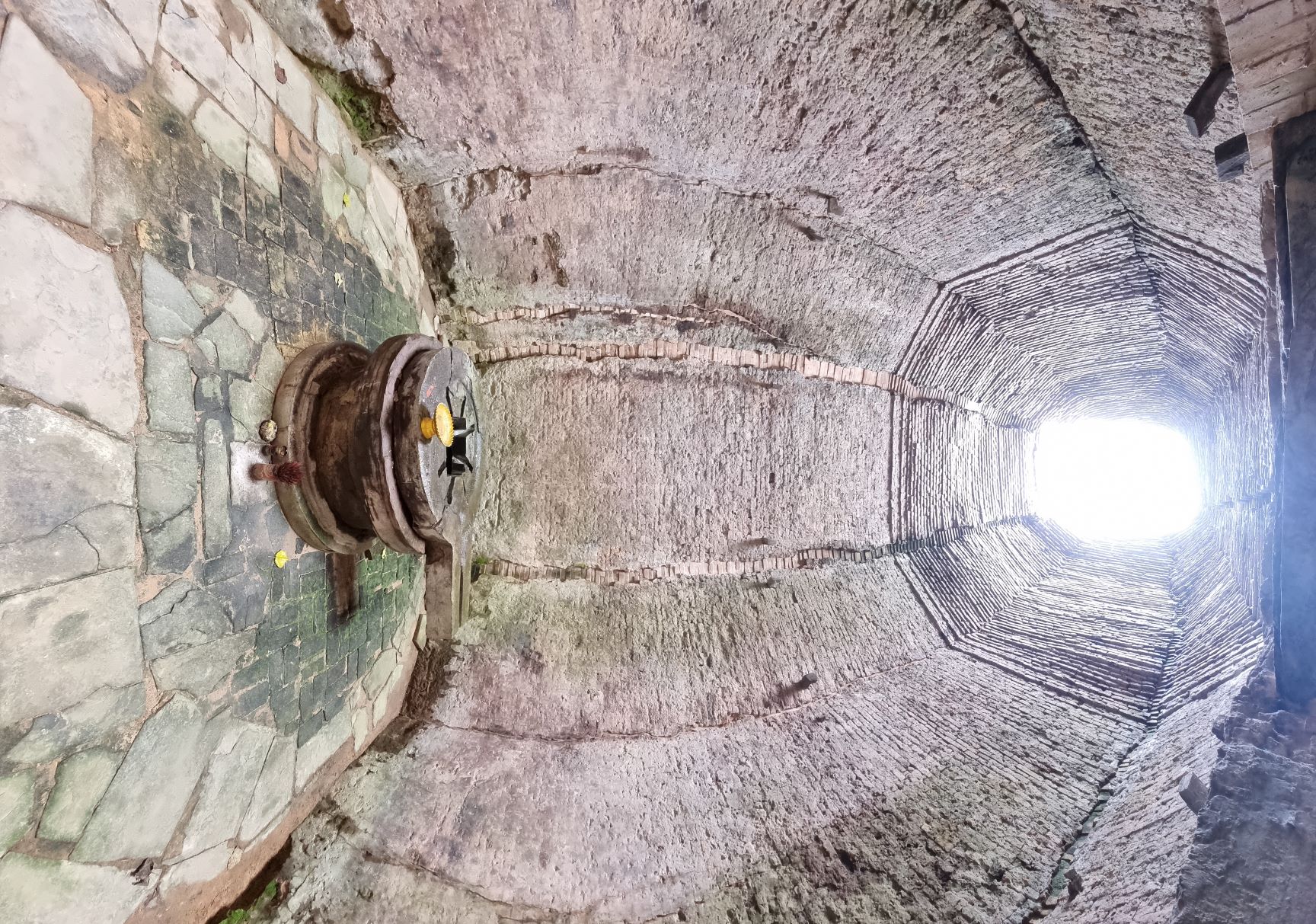
As mentioned at the UNESCO site for the temple ( https://whc.unesco.org/en/list/1532/ ) there are three main temple complexes at the site containing 125 individual temples plus 46 other temples and structures in the surrounding area.
In addition to the numerous brick temples in the western section of the World Heritage site and the irrigation system that is still in place today, visitors can tour the long two-layered walls surrounding the complex. In the western section of the site, a wall protecting these ancient premises extends over two kilometers.

Posted in Khmer on ThmeyThmey News, this content was translated into English by Cheng Ousa for Cambodianess.






